
Robots in metal cages, long low carts with parts, sparks in some departments and lots of monitors and tablets. The Dacia factory has changed a lot since the early years of the Logan, and in the article you can read about the curiosities and realities after visiting the factory, which produces a car every 55 seconds.
In 15 years, the automotive world has become unrecognizable
The Dacia plant in Mioven has produced more than 7 million cars in 55 years, but much has changed. Compared to what was 15 years ago, the number of employees has decreased, robots have appeared, it has become much brighter and cleaner, clearly more reliable, but also more expensive machines are produced.
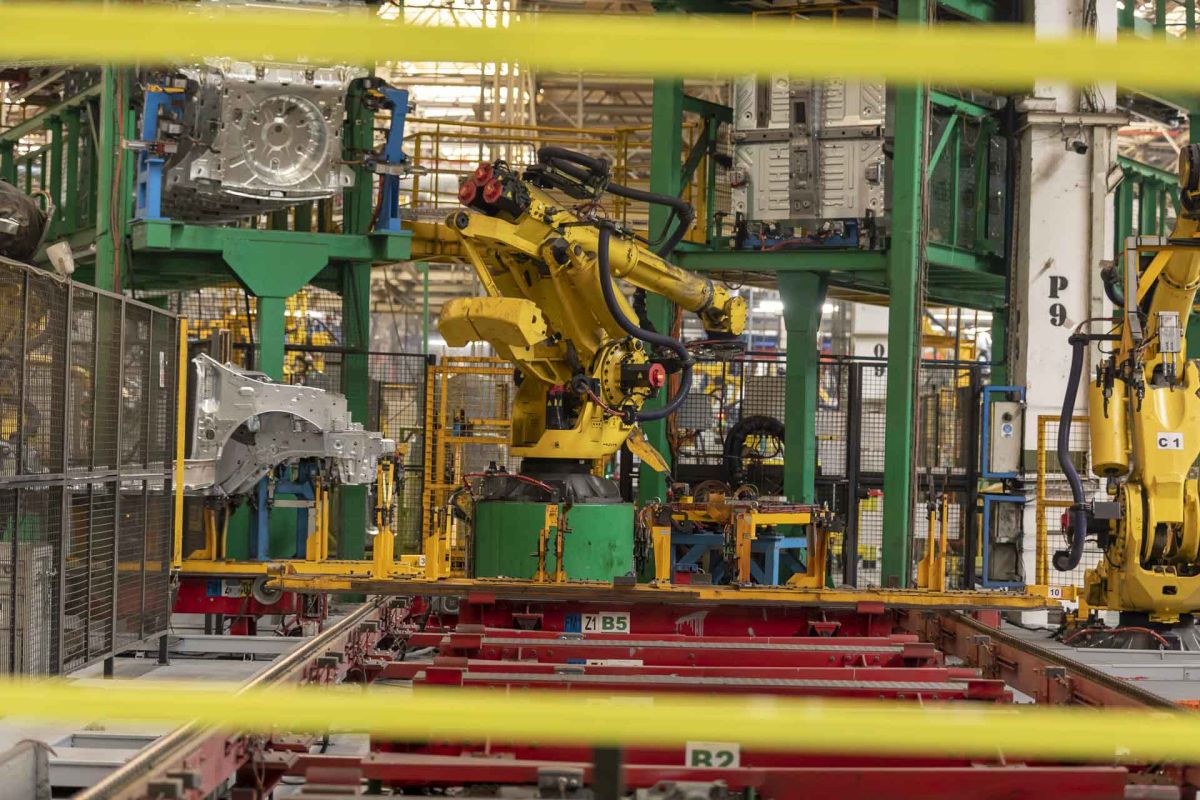
Over the last 15 years I have visited the factory in Mioven several times, and in 2008, when the Duster did not exist and the Sandero was just starting to be produced, the robotics had not started, the press department was dark and the clatter of the presses could be heard like a sequence of mini earthquakes .
In 2008, the “Administrative Pavilion”, the platform’s tallest building, was still standing, a 50-meter-tall building that was demolished in February 2009.
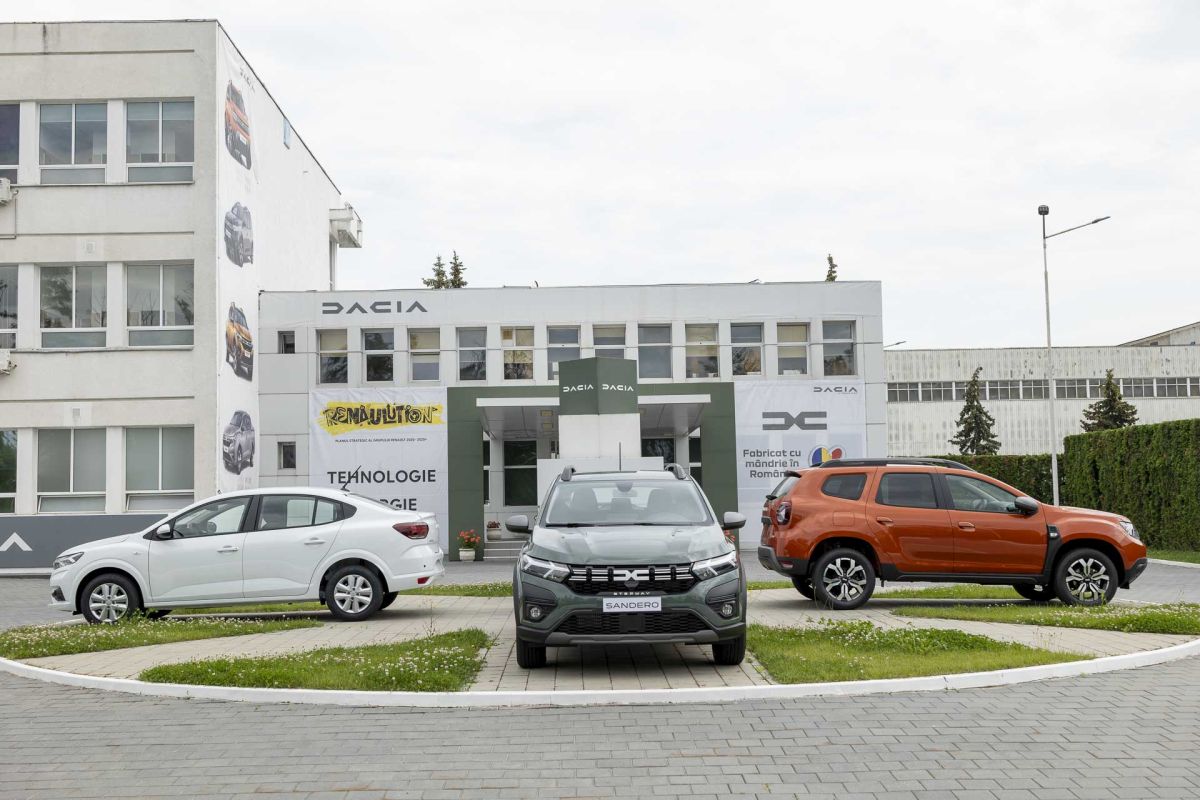
Also in 2009, François Formont, then head of Dacia, said in an interview with HotNews.ro that “we have no vocation to produce cars for 30,000 euros like Skoda”. A lot has changed in 14 years: Dacia also has cars for 25,000 euros, Skoda has models for 45,000 euros. Cars are full of electronics, and gone are the days when you could buy a new “bald” Logan for €7,000 or a Sandero for €8,000.
Also in 2008-2009, the idea that Dacia would launch an all-electric model that would cost more than €20,000 (before subsidies) seemed like science fiction.
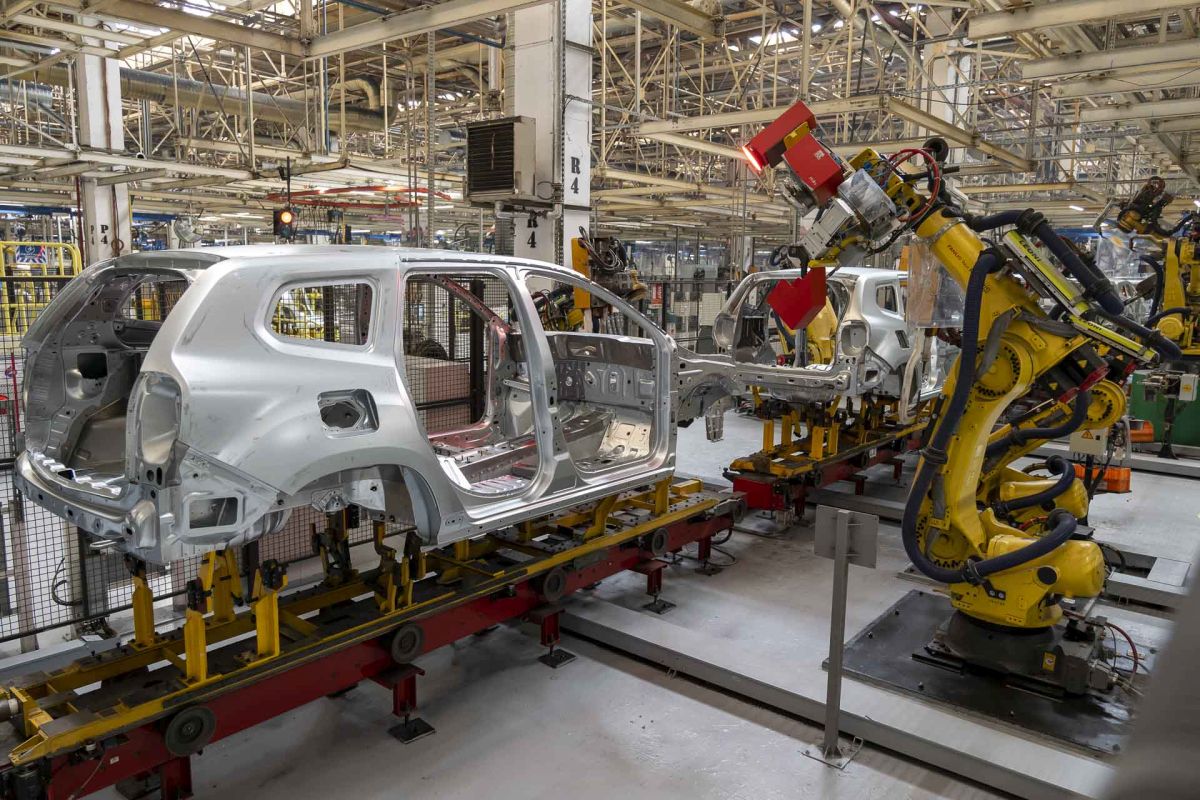
And the Dacia factory has changed a lot, and the big change for visiting press is that we are no longer allowed to take pictures because the factory is “confidential”. For two and a half hours, the phones were “properly” packed in small plastic bags. The photos in the article are provided to us by Automobile Dacia and were taken before the press visit.
A noticeable change in the share of women. Even ten years ago, Renault insisted that it wanted the proportion of women to be as high as possible, well above the industry average. In many shops, including the factory, the share of women exceeds 30%.
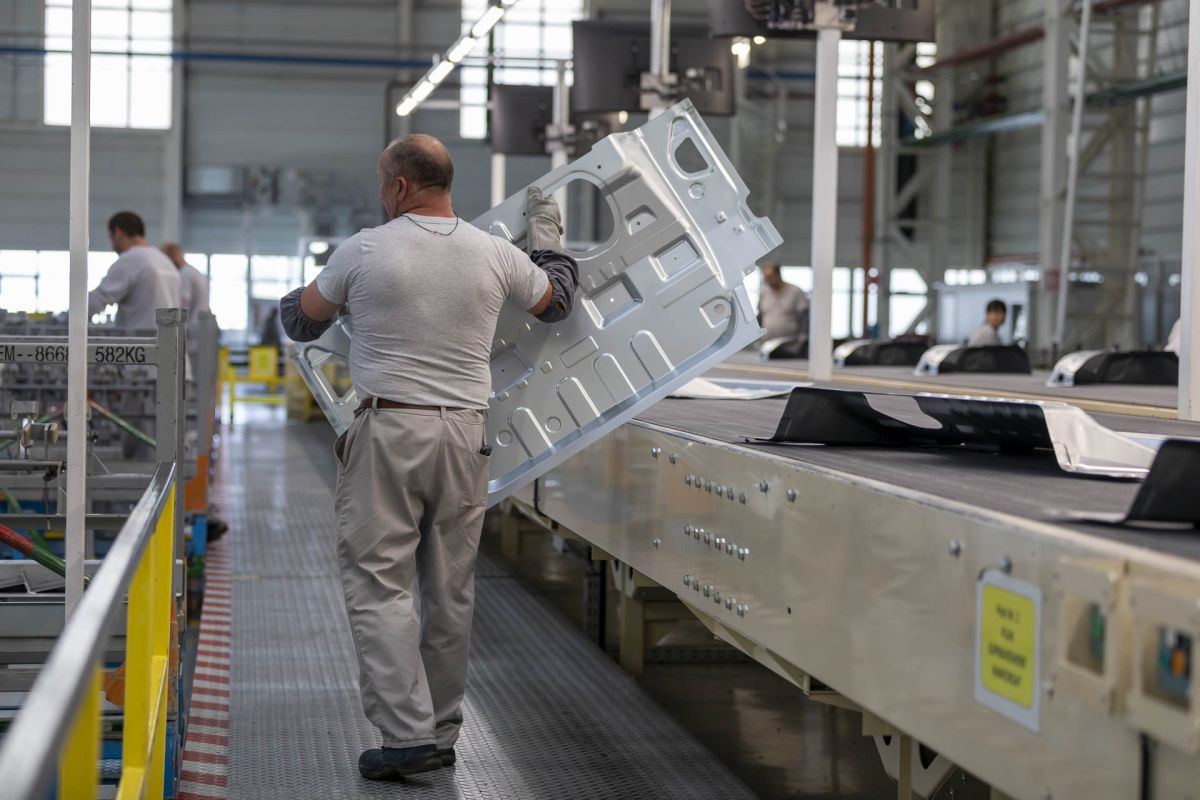
With the plant operating at near full capacity, all four sites I visited were busy. In some areas, a kind of carts or low but long trains run along fixed routes, which transport parts from one place to another. AGV stands for Automated Guided Vehicle. In other sections, there are large electric cars driven by factory workers.
Last year, Dacia produced 314,000 vehicles, and production is estimated to be higher in 2023. Five months later, the total was 147,000 cars, of which about two-thirds were Dusters.
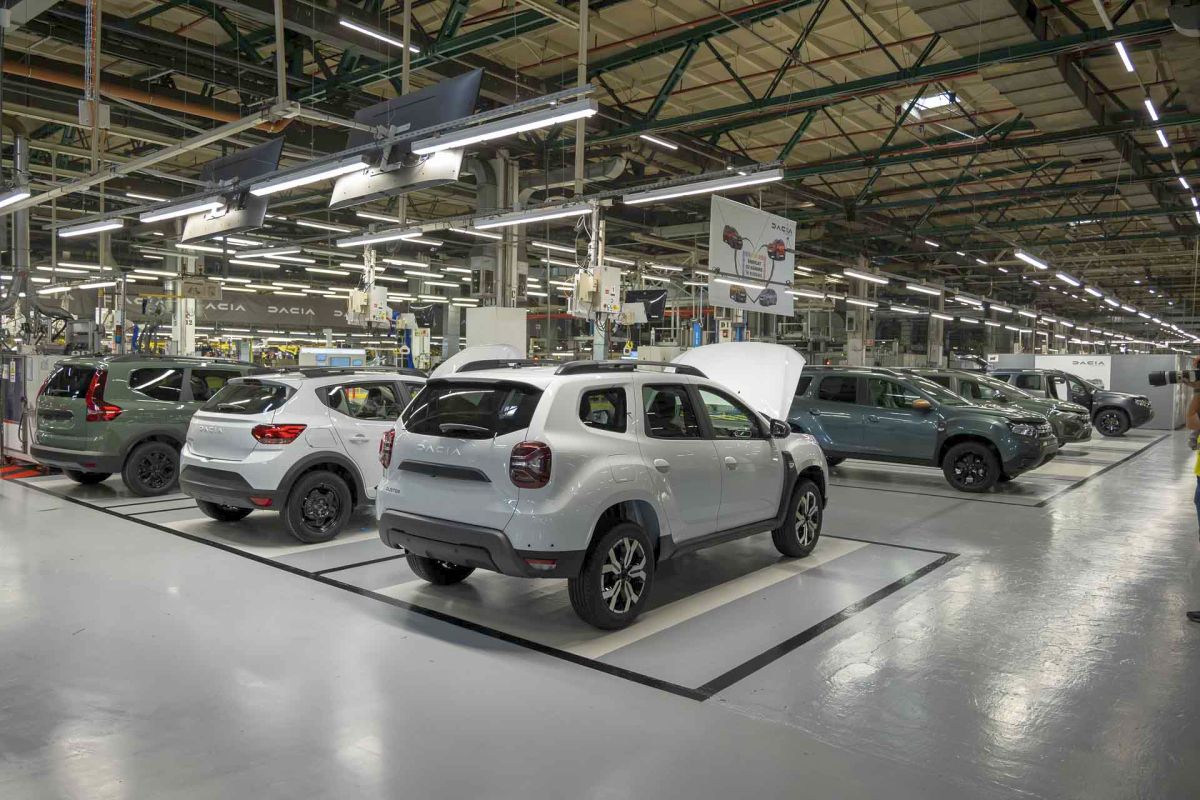
The brand’s models sold well in Romania and across Europe, with the Sandero becoming the second most popular new model in Europe in 2022. The big disappointment came a few years ago when, in early 2019, Dacia embarked on its biggest expansion program in 15 years to bring the plant up to 400,000 units a year.
However, Renault abandoned the plan to increase capacity in Romania, and the official announcement was made in May 2020, when the group announced a global plan to cut costs and reduce the number of employees.
Works from Dacia
The biggest change in the last decade has been the appearance of robots, huge metal arms that are placed in iron cages. There are also hands over two meters long, but also smaller “collaborative” works. There was a lot of talk about “robots replacing people at Dacia”, but aggressive automation was not done because it would cost a lot and because a certain flexibility of production had to be maintained. Automation has been in production at Dacia since around 2014-2015, it will continue, but there is a threshold up to which it will be profitable.

The Body department employs 556 Fanuc and ABB robots, and for the new Duster, the degree of automation will increase from 44% to 52%.
The Presage – hum, mini-earthquakes and obvious modernization
Big changes compared to 5 years ago took place in the Presaj department, where, after an investment of 37 million euros, a high-speed line was installed that allows the production of up to three units in one pass, compared to two, as the line with very large presses allows.
The Presage is an awe-inspiring place for a visitor because the noise created by the installations is unbearable and you can literally feel the ground shaking if you stand within a meter of the machinery.
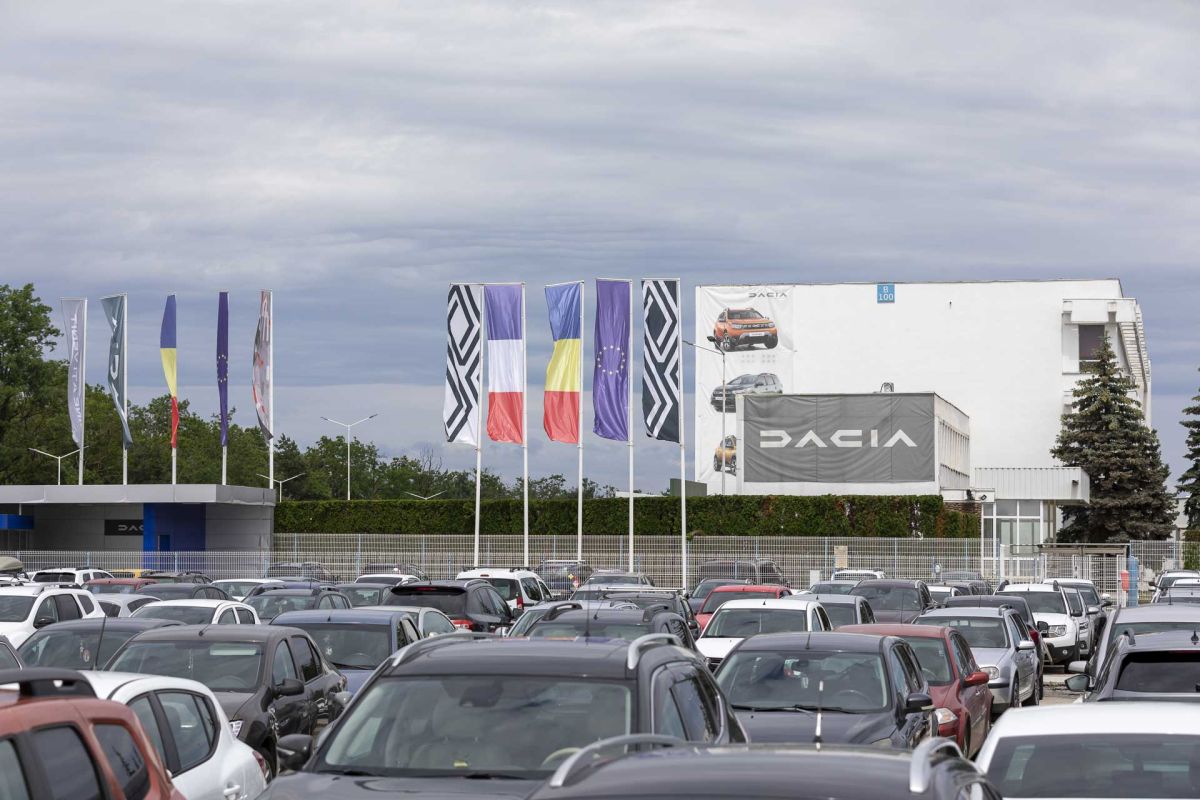
Here I learned that tin is brought even from South Korea (because it has a good price), but tin is also brought from Europe (including from Romania). Four of the most efficient new presses were imported from South Korea (where Renault has a large operation through Samsung Motors).
And here at Presaj there are five Interpress robots and four FANUC robots at the beginning and end of the line. In 2013, the department installed the first line of automatic presses that produce large-sized parts. In 2015, three more press lines were robotized to eliminate safety risks and reduce the amount of retouching. After 2016, automation was continued.
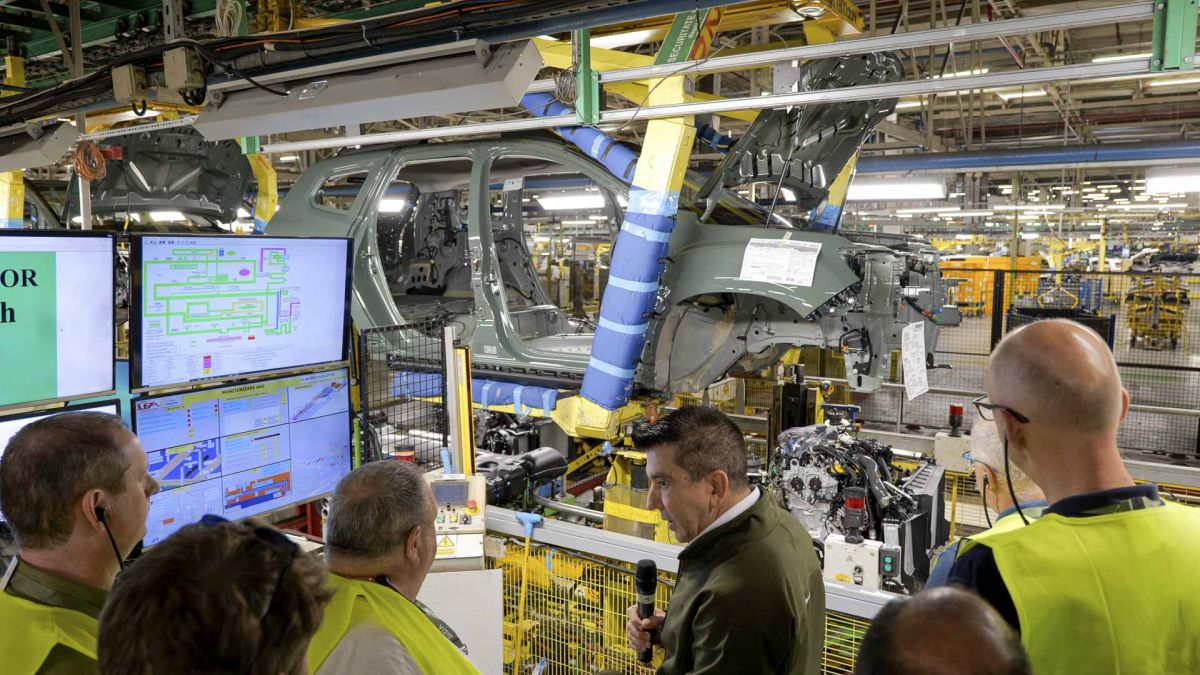
Dacia explains that the automation of workstations “primarily aims to improve ergonomics and productivity, as well as workstations with a very high degree of repeatability.”
An instructive example is the cylinder head cover assembly station where there are two collaborative robots. If this station were to be operated by humans, they would have a very heavy body posture, which would pose safety and quality risks.
Tablets and welding
Dacia has increased the number of not only robots, but also tablets, which have replaced paper and pens at many workstations. On the tablet, with the click of an icon, operators notify their superiors in real time if they are having trouble with any part or need assistance.
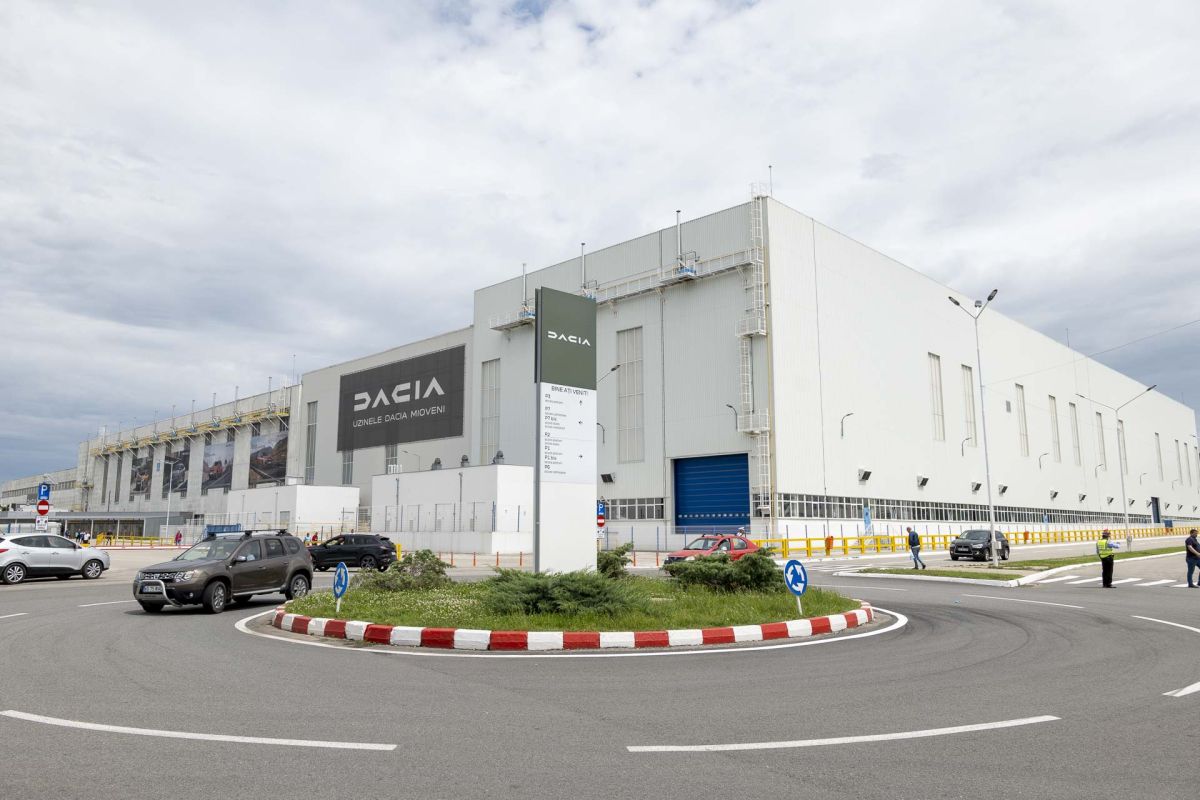
In the body department during the visit, I wore special plastic glasses because the sparks fly a lot. Here, according to a director from Dacia, “we weld almost anything to anything”, and sheet metal elements from Presaj are welded to turn simple metal parts into an assembled body, which then goes to the paint shop and the vehicle. The paint shop is the only department where the press does not visit, as dust brought by visitors can affect the production process.
In the body department, there are two identical assembly lines, one for the Duster with a maximum capacity of 40 cars/hour and the other for the rest of the models with a maximum capacity of 35 cars/hour. The special Duster flow is U-shaped and highly automated.
Dacia, assembly and “room of rest”
The production capacity of Dacia is 1392 cars/day, the maximum possible is 1410 cars (so the plant is close to the maximum). 65% of cars – Duster, 25% – Jogger and the remaining one tenth – Logan and Sandero). 87% of cars produced in Mioven are exported.
Vehicle assembly is the final stage of assembly and is a key stage where the vehicle takes its final shape after a journey of over 1 km, passing over 170 “stations” where workers add all the components like a well-designed… from a puzzle. “Marriage” is the name given to the operation by which various components are firmly attached to the body. The body shop takes approximately 3 hours – 3 hours 30 minutes to go through all the workstations where it is completed.
At stations where operators work with large and heavy parts, they can also use small cranes.
The vehicles are assembled on a 1,200 m long production line containing 172 cars from the first workstation to the end of the assembly process.
In the car assembly department, which employs 1,714 people, almost 15% of them are involved in quality control, checking various aspects and evaluating the finished cars.
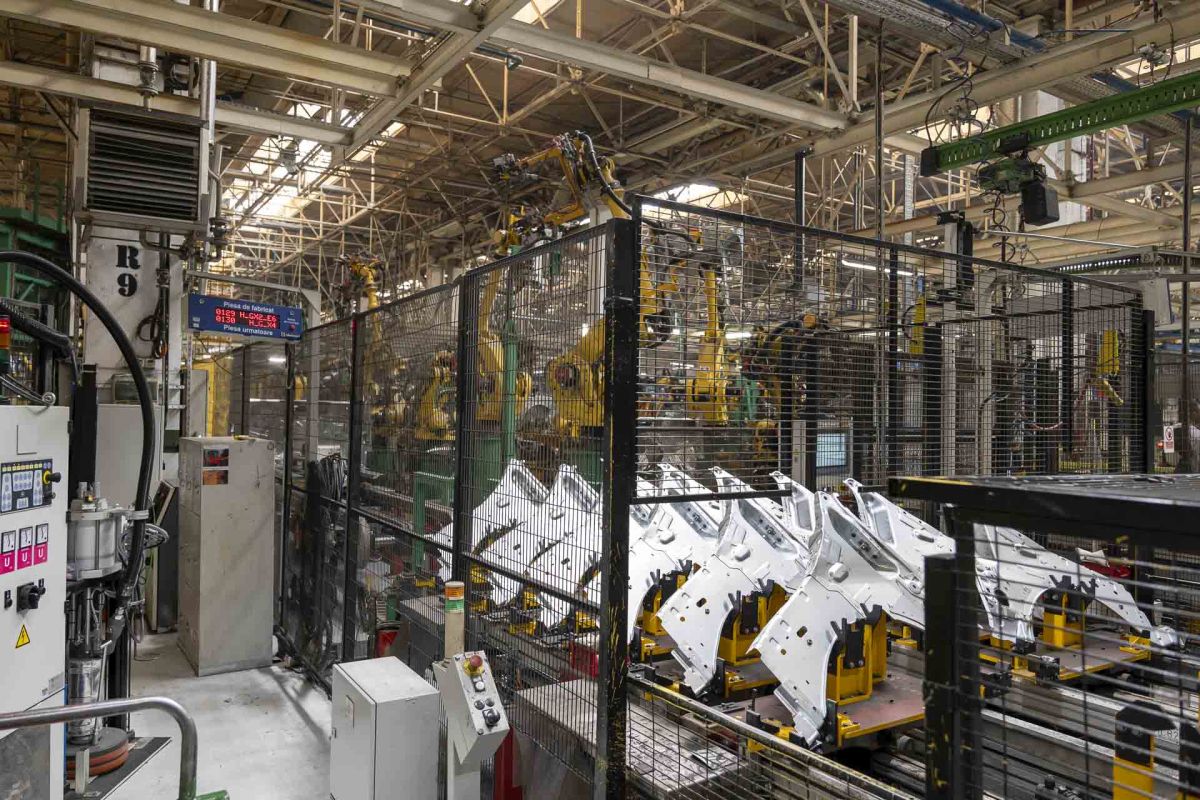
In the quality control department there is what the people at Dacia call a “quiet room”, a soundproof room to detect possible noises when doors are closed/opened, and there is also a stronger light to highlight possible defects on the body.
The time to check the car in the “quiet room” is 15 minutes (9 operators in two shifts). The appearance is checked, but the car’s multimedia functions are also tested.
.
The heaviest pieces and the lightest
The Dacia Mechanical and Chassis Plant is one of the most complex mechanical plants of the Renault group.
We talk about complexity because there are several manufacturing processes: casting, machining, assembly, pressing, welding and cataphoresis. The incoming aluminum ingots form aluminum parts, engines, gearboxes and chassis elements, which are delivered both to the Dacia car plant and to other plants of the Renault-Nissan-Mitsubishi alliance.
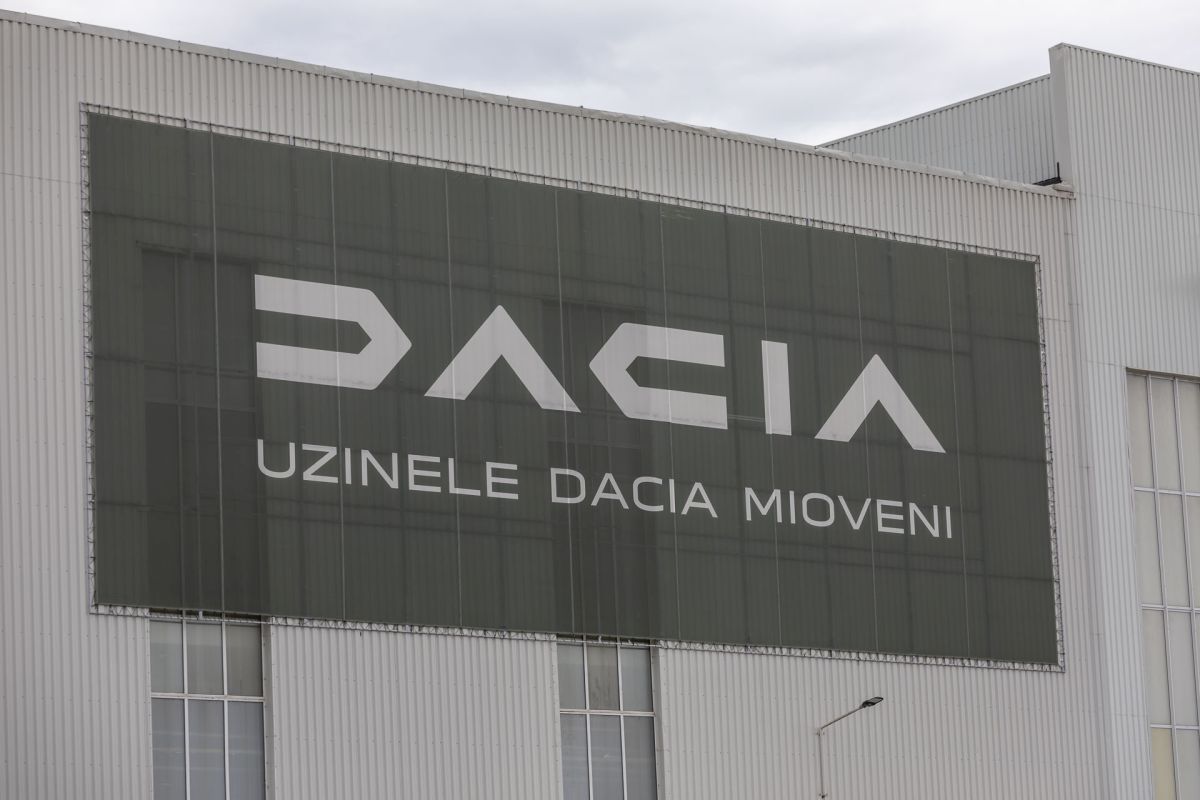
The lightest parts are 100 grams (rockers, for example), and the heaviest is the cylinder block, which weighs 20 kg.
The engine division produces the HR10 engine on gasoline and liquefied gas, which is equipped with Dacia – Sandero Stepway, Logan and Duster cars, as well as Renault – Clio.
About 800,000 gearboxes and 500,000 engines are produced annually at the mechanical plant.
How Dacia production in Mioven has developed over the past six years
2022: 314,228
2021: 257,405
2020: 259,009
2019: 349,528
2018: 335,262
Source: Hot News
Ashley Bailey is a talented author and journalist known for her writing on trending topics. Currently working at 247 news reel, she brings readers fresh perspectives on current issues. With her well-researched and thought-provoking articles, she captures the zeitgeist and stays ahead of the latest trends. Ashley’s writing is a must-read for anyone interested in staying up-to-date with the latest developments.